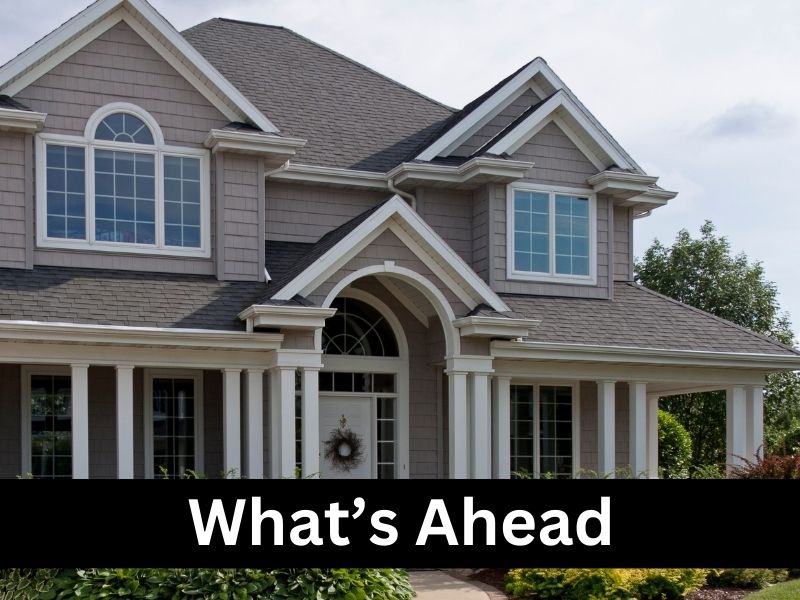
It has been a relatively light week following the recent rate changes, as the Federal Reserve has felt the need to drop the current rate by 25 basis points. They have also mentioned the possibility of two additional rate cuts within this year. This follows the recent sharp criticism from the current administration, which condemned the Federal Reserve’s insistence on maintaining existing interest rates.
This development coincides with the Leading Economic Indicators, which have shown that the U.S. economy remains in decline, a trend that began in August. With further rate cuts on the horizon, the broader market reaction has been a positive one.
Consumer Price Index
The Federal Reserve cut its benchmark interest rate by 25 basis points today, the first rate move since last year, as it penciled in two more reductions for this year.
Leading Economic Indicators
US declined by 0.5% in August 2025 to 98.4 (2016=100), after a small 0.1% increase in July (upwardly revised from an originally reported 0.1% decline). The LEI fell by 2.8% over the six months between February and August 2025, a faster rate of decline than its 0.9% contraction over the previous six-month period (August 2024 to February 2025).
Primary Mortgage Market Survey Index
• 15-Yr FRM rates saw a decrease of -0.09% for this week, with the current rate at 5.41%
• 30-Yr FRM rates saw a decrease of -0.09% for this week, with the current rate at 6.26%
MND Rate Index
• 30-Yr FHA rates saw an increase of 0.03% for this week. Current rates at 6.03%
• 30-Yr VA rates saw an increase of 0.04% for this week. Current rates at 6.05%
Jobless Claims
Initial Claims were reported to be 231,000 compared to the expected claims of 240,000. The prior week landed at 264,000.
What’s Ahead
U.S. Employment data is set to land next week, with the S&P Final Manufacturing PMI estimates to round up before the end of the year.
 Deciding what type of home to buy is one of the most important steps in the home buying process. Condos, townhouses, and single-family homes each offer unique benefits and considerations, and the right choice depends on your lifestyle, budget, and long-term goals. Understanding the differences can help you make a confident decision.
Deciding what type of home to buy is one of the most important steps in the home buying process. Condos, townhouses, and single-family homes each offer unique benefits and considerations, and the right choice depends on your lifestyle, budget, and long-term goals. Understanding the differences can help you make a confident decision. The final walkthrough is one of the last steps before closing on your new home. It may feel like a formality, but it serves an important purpose. This is your chance to confirm that everything is in the condition you agreed to and that the home is truly ready for you to move in. Knowing what to expect can help you approach this step with confidence.
The final walkthrough is one of the last steps before closing on your new home. It may feel like a formality, but it serves an important purpose. This is your chance to confirm that everything is in the condition you agreed to and that the home is truly ready for you to move in. Knowing what to expect can help you approach this step with confidence. In today’s competitive real estate market, making a strong offer on a home can feel like walking a fine line. You want to stand out from other buyers, but you also want to avoid overpaying and stretching your budget too far. With the right strategies and guidance, it is possible to write an offer that is both competitive and smart.
In today’s competitive real estate market, making a strong offer on a home can feel like walking a fine line. You want to stand out from other buyers, but you also want to avoid overpaying and stretching your budget too far. With the right strategies and guidance, it is possible to write an offer that is both competitive and smart. Selling a home can be an exciting step toward new beginnings, but it often comes with a level of stress that catches many homeowners off guard. Between preparing for showings, managing offers, and planning a move, the process can feel overwhelming. As your real estate partner, I want to share strategies that can help reduce stress and keep the experience as smooth as possible.
Selling a home can be an exciting step toward new beginnings, but it often comes with a level of stress that catches many homeowners off guard. Between preparing for showings, managing offers, and planning a move, the process can feel overwhelming. As your real estate partner, I want to share strategies that can help reduce stress and keep the experience as smooth as possible.